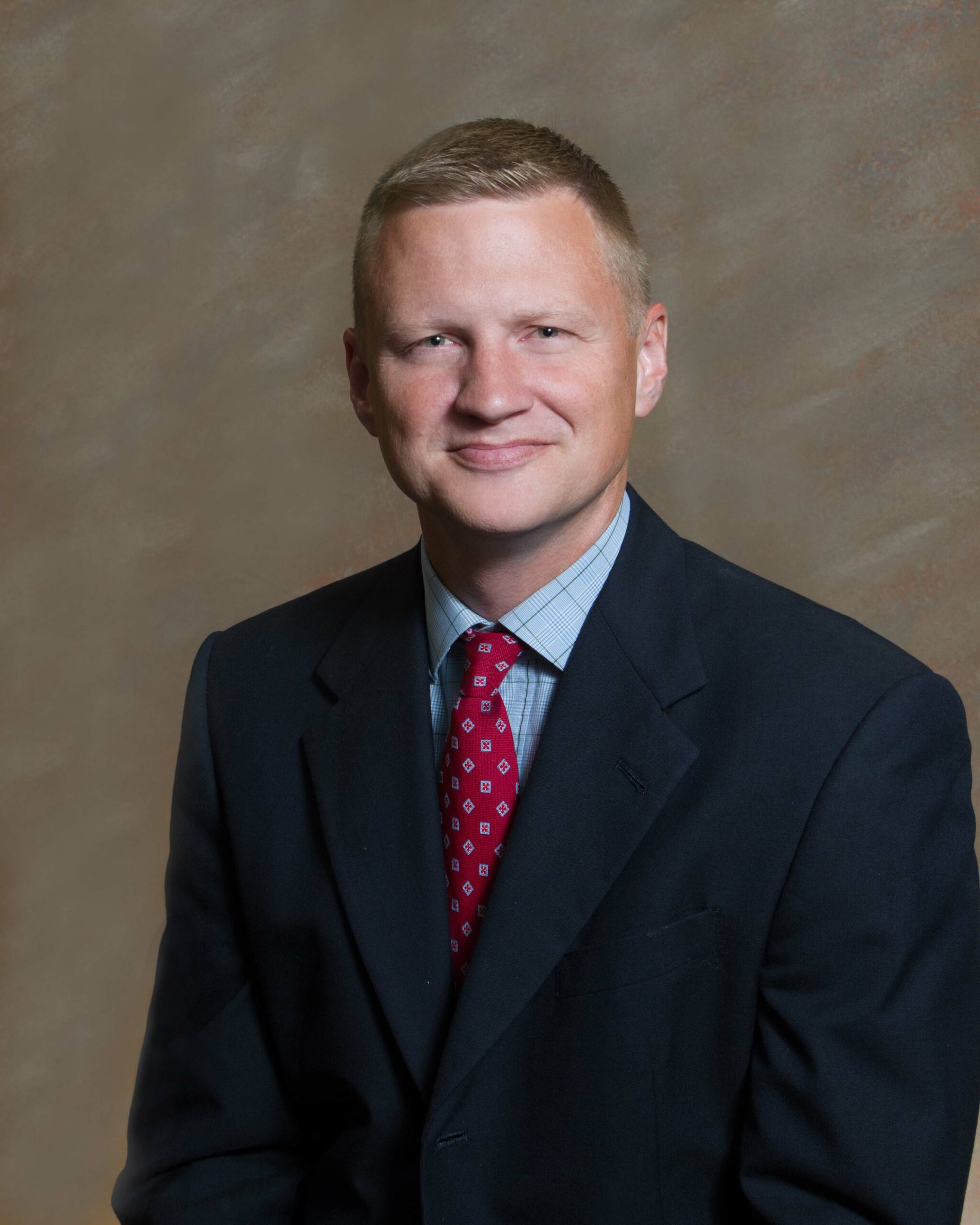Yankton, SD—Yankton Medical Clinic Physicians including Dr. Michael Pietila, Pulmonologist, and Dr. Will Eidsness, Radiologist, is informing the public about the latest information regarding lung cancer screening. Recent studies and clinical experience have demonstrated that CT scanning of the chest can significantly reduce the risk for death from lung cancer. This discovery will have a tremendous impact on the health and well-being of patients at risk for lung cancer.
Dr. Pietila states, “The scientific evidence very clearly supports the benefits of low-dose chest CT (LDCT) as a screening tool for patients at high risk for lung cancer. By being proactive and offering this simple and effective screening test we can reduce death and complications related to lung cancer.” Dr. Eidsness adds, “LDCT is an effective, painless, and rapid test, with essentially no risk. There’s no IV or contrast, it takes only seconds to complete, and the radiation is the same dose as the background radiation we receive living on the earth for four months.” A yearly test is recommended and paid for by Medicare, Medicaid, and most insurance, meaning no cost to patients.
The American Lung Association reports that LDCT screening for lung cancer is vastly underutilized across the nation. Dr. Pietila says, “Lung cancer is the #1 cause of cancer-related death in the U.S, killing more people than breast, prostate, and colon cancer combined.” Dr. Eidsness says, “In the right population, the benefit of LDCT is high and the risk is very, very low. Hence, this is a great tool in finding lung cancer early when it is best treated.”
Eligibility requirements include people ages 50-80 (50-77 if Medicare); 20 pack-year history of smoking (1 pack per day for 20 years= 20 pack years; 0.5 pack for 40 years=20 pack years, etc.); currently smoke or quit within 15 years; and you must be without respiratory symptoms. A physician order is required.
Dr. Pietila points out, “We’re fortunate at YMC to offer this test, along with other diagnostic imaging services, in the same building as our primary care physicians and specialists.”
Dr. Eidsness agrees, “Being able to consult with the patient’s physician one-on-one by just walking down the hall, is a great benefit to the patient and the physicians.”
